Session 5: Energy consulting for buildings in Germany
Saturday, 11 September 2021
This session presents the full range of savings that can be achieved in Germany through efficiency improvement measures in renovation and new construction. Which construction methods pay off in the long term? Which standards can be achieved in the context of renovations? The speakers will demonstrate effective solutions based on successfully implemented projects and report on their experiences from energy consulting for buildings of all classes in Germany.
| Time (CEST) | Topic | Speaker |
|---|---|---|
| 10:00 am | Welcome | 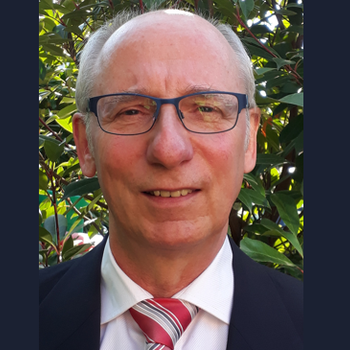 Hartmut Murschall |
|
10:05 am |
EnerPHit retrofit for Plus Energy House An approximately 50 year old building was retrofitted to make it a Plus Energy building. This was done by modifying the thermal building envelope and the building services using existing techniques. The outer areas of the building are used for solar energy purposes. Energy balancing results in substantial energy surpluses.
|
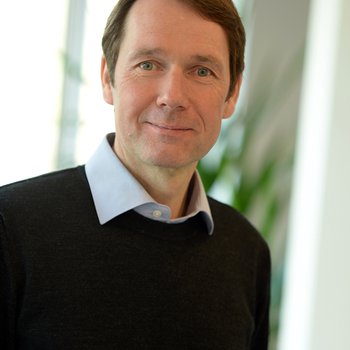 Gerald Lange | Fachhochschule Südwestfalen |
|
10:20 am |
Model project: sustainably transforming existing old single-family homes into premium Passive multi-family housing Despite inconvenient conditions, the almost 100-year old, multi-use building meets the highest Efficiency House/Passive House Premium new build standards by demonstrating a hugely increased performance rate per person. As a model project, it promotes the further development of future refurbishment and subsidy standards. |
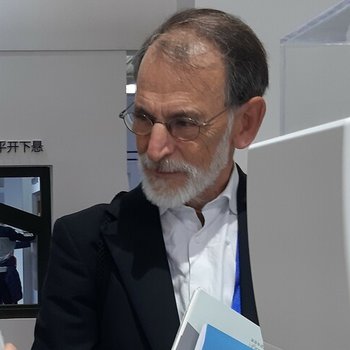 Bernd Steinmüller | BSMC
|
|
10:35 am |
Retrofitting a gymnasium with TES façade elements
|
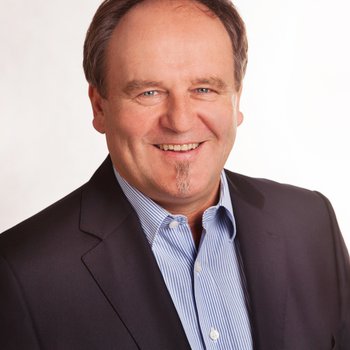 Dieter Herz | Herz&Lang GmbH - Die Planer für energieeffizientes Bauen |
| 10:50 am | Question and Answer | |
|
11:10 am |
User satisfaction versus air quality – ventilation in classrooms The renovation of the Detmold Vocational College was accompanied by monitoring and user surveys. Based on the results of these surveys, additional moisture loads are necessary to ensure a hygienic, comfortable indoor climate in the winter, as well as adequate moisture in the air and appropriate contaminant and CO2 concentrations. |
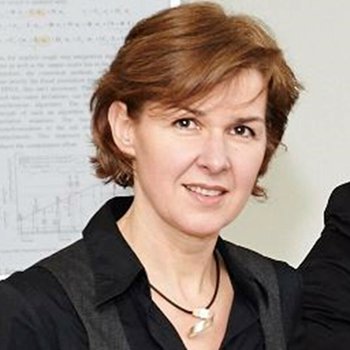 Susanne Schwickert | TH OWL, Institut für Energieforschung |
| 11:25 am |
Comparing BEG and the EnerPHit Standard based on a single-family home The efficiency house requirements of BAFA and KfW differ in some cases significantly from the requirement values of the EnerPHit standard defined by the Passive House Institute. This has a negative impact on the achievement of climate targets and energy costs - who pays?! |
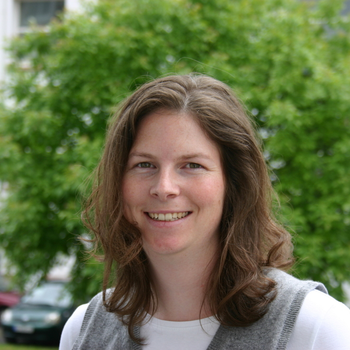 Susanne Theumer | Passivhaus Institut |
|
11:40 am |
Does quality assurance of energy-efficient design help reduce construction costs? Particularly energy-efficient construction and renovation is needed as a result of the target to become climate-neutral by 2040, reducing energy by 50% for the overall building stock in order to achieve near-zero-energy standards. From an ecological and economic perspective, it can no longer be justified to follow a lesser standard than that of the Passive House or Passive House Plus, especially when considering investment costs and subsidies. |
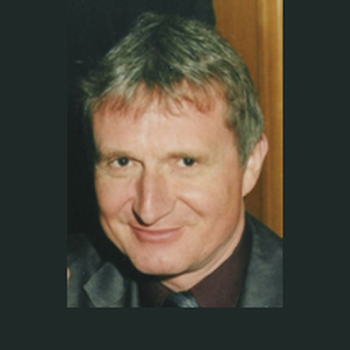 Axel Bretzke | Hochschule Biberach |
| 11:55 am | Question and Answer | |
|
|
|



